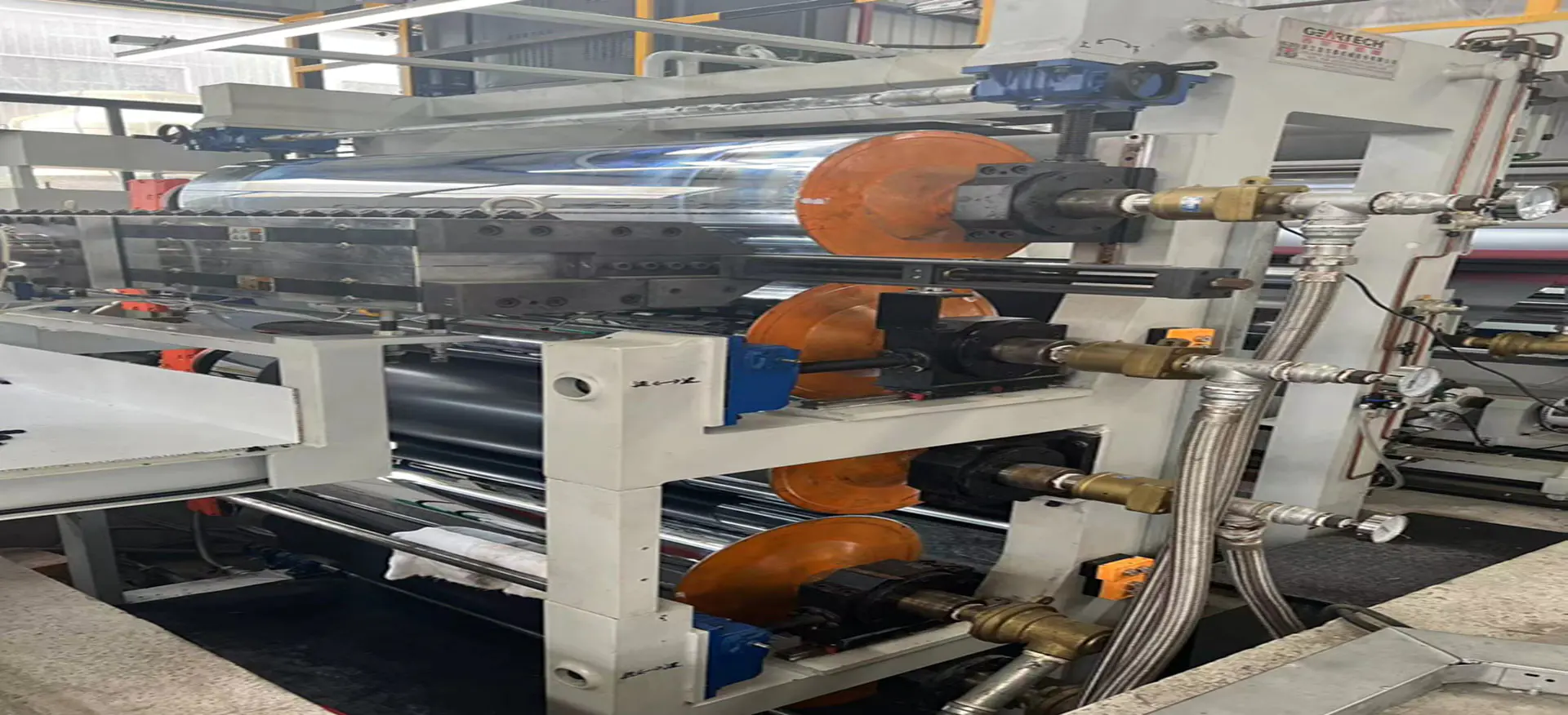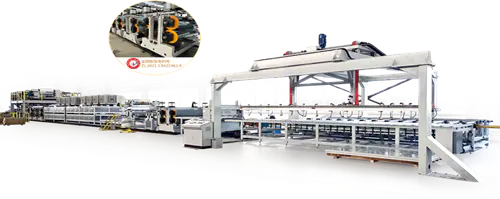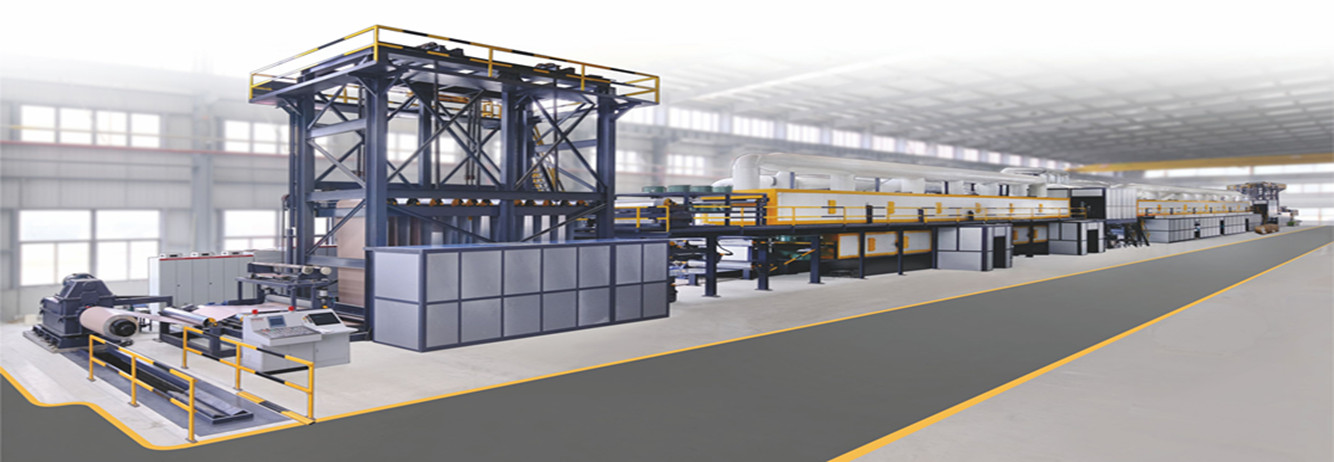Modern architecture is increasingly defined by its pursuit of aesthetics, performance, and sustainability. As construction techniques evolve, Aluminum Composite Material Engineering and the precision use of Aluminum Coil have become fundamental in achieving these goals. The combination of innovative material science and practical engineering allows architects to design buildings that are not only visually appealing but also structurally efficient and environmentally responsible. Understanding why these materials play a central role helps both professionals and clients make informed design and material choices.

Lightweight Structure with High Rigidity
Aluminum composite materials (ACM) are built from a multi-layered structure — two aluminum sheets bonded to a non-aluminum core. This engineering approach achieves a unique balance between strength and lightness, enabling panels to cover large surfaces without adding significant weight to the framework. The resulting material is easier to handle and install compared to traditional stone, glass, or concrete claddings.
This balance between low weight and high rigidity reduces the stress on building structures and foundations, especially in high-rise projects where every kilogram matters. It also supports safer installation practices and allows for creative façade designs that traditional materials may not structurally accommodate. For architects seeking both design flexibility and performance, aluminum composite materials offer an effective solution.
Precision Manufacturing Through Aluminum Coil Processing
Behind every high-quality composite panel lies advanced coil processing technology. Aluminum coils serve as the base material for composite panels, undergoing surface cleaning, coating, and curing processes to achieve a consistent and durable finish. Through methods such as roller coating and controlled curing, the surface receives protective layers of PE (polyester) or PVDF (polyvinylidene fluoride) paint.
PE coatings provide smooth color finishes suitable for interior or decorative applications, while PVDF coatings are valued for their resistance to UV rays and environmental exposure. These coatings, available in a wide color range including white, champagne, silver, and black, allow designers to achieve specific visual effects and match architectural color themes. Consistency in coil coating ensures that each panel maintains uniform appearance across large façades, a critical factor for modern architecture.
Adaptability in Architectural Design
One of the defining features of Aluminum Composite Material Engineering is its adaptability. The material can be cut, bent, perforated, or shaped to fit complex design geometries, giving architects the creative freedom to explore unconventional forms. Whether for curved façades, column coverings, or intricate signage systems, aluminum composite materials maintain their structural integrity while providing a smooth surface finish.
This flexibility extends to aesthetic customization as well. Aluminum surfaces can be finished in matte, gloss, metallic, or brushed textures, and even printed with patterns or simulated natural materials. As a result, aluminum composite panels are not limited to functional cladding — they also serve as a tool for artistic expression in modern urban landscapes.
Durability and Environmental Resistance
Durability remains a major concern in architectural design, especially for exterior applications exposed to sunlight, rain, and pollution. The layered construction and protective coatings of aluminum composite materials provide strong resistance against corrosion, fading, and deformation.
Unlike other cladding materials that may crack or lose color over time, aluminum composite panels maintain a stable appearance for years under different climate conditions. This durability makes them suitable for regions with temperature variations or high humidity. The corrosion resistance of aluminum itself, enhanced through surface treatments, adds another layer of protection that extends the lifespan of façades, roofing systems, and wall linings.
Fire Safety and Structural Performance
Safety standards in construction continue to evolve, and aluminum composite materials have been adapted to meet these requirements. Panels equipped with fire-resistant cores, such as those classified as A2, are widely used in public and high-rise buildings. These cores are engineered to slow down heat transfer and reduce smoke emission during exposure to fire.
Additionally, the composite bonding process ensures that the layers of aluminum and core material maintain integrity under mechanical stress. The panels can withstand wind pressure, impact, and vibration, providing long-term stability for both interior and exterior applications. This combination of safety and strength has made aluminum composite materials a preferred option for modern construction projects that demand both performance and compliance.

 中文简体
中文简体 English
English Português
Português русский
русский Español
Español عربى
عربى









